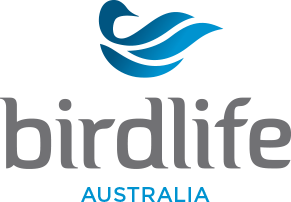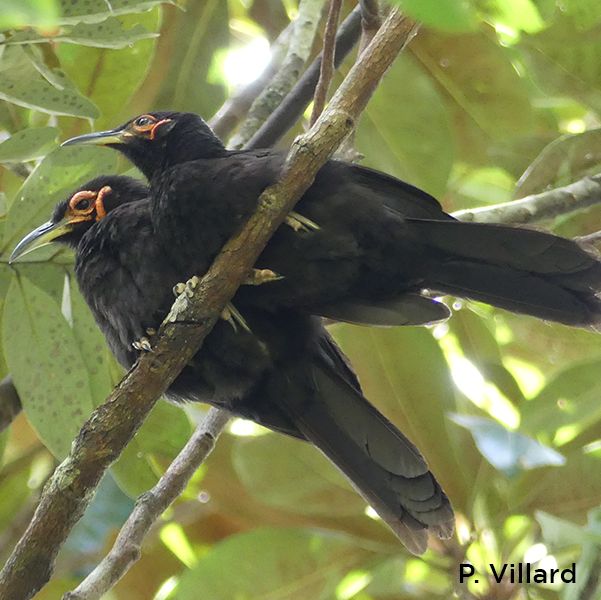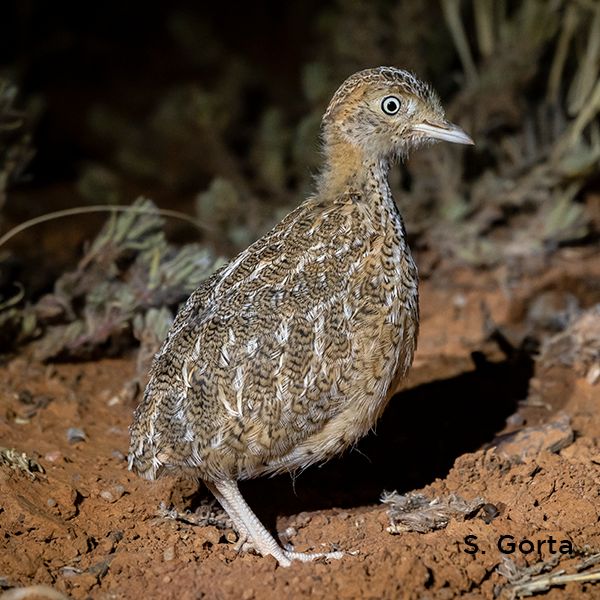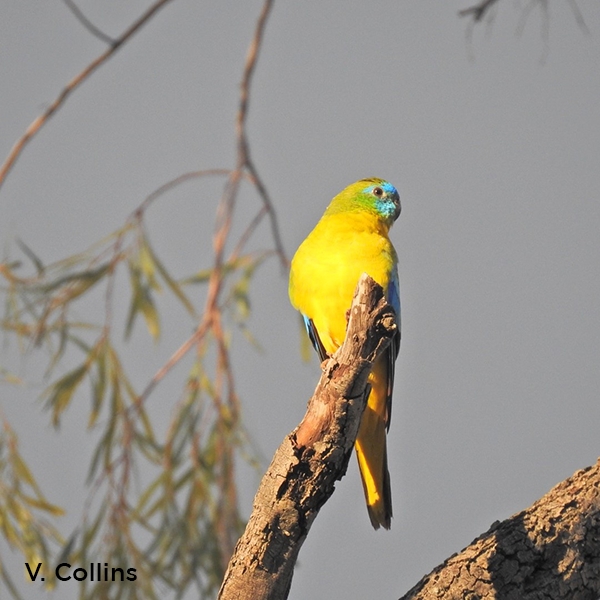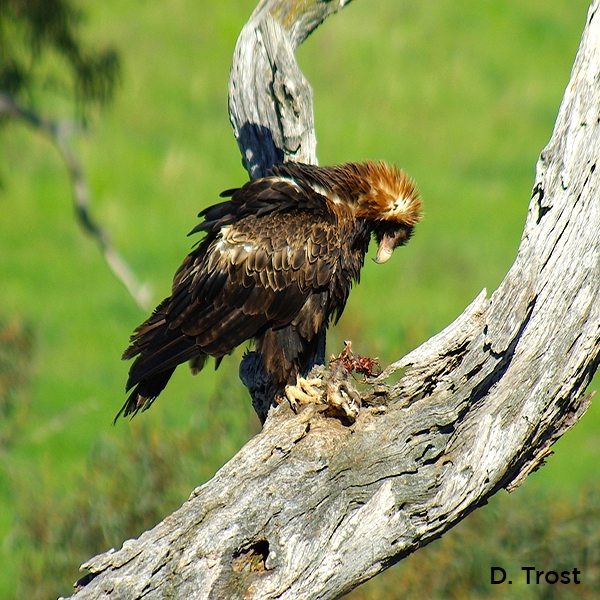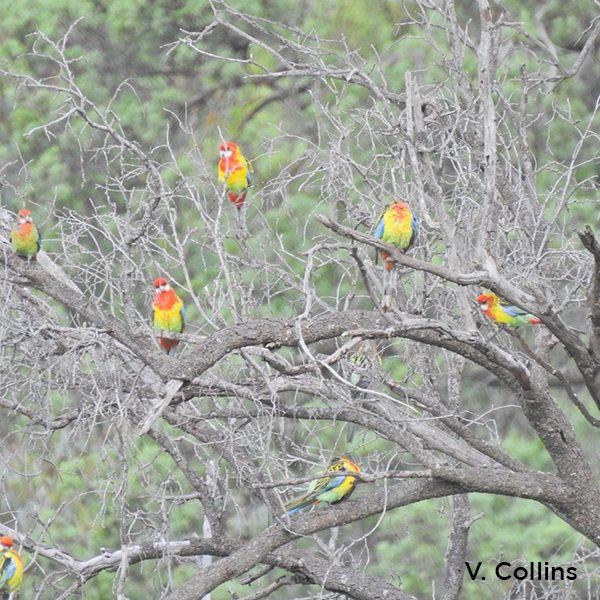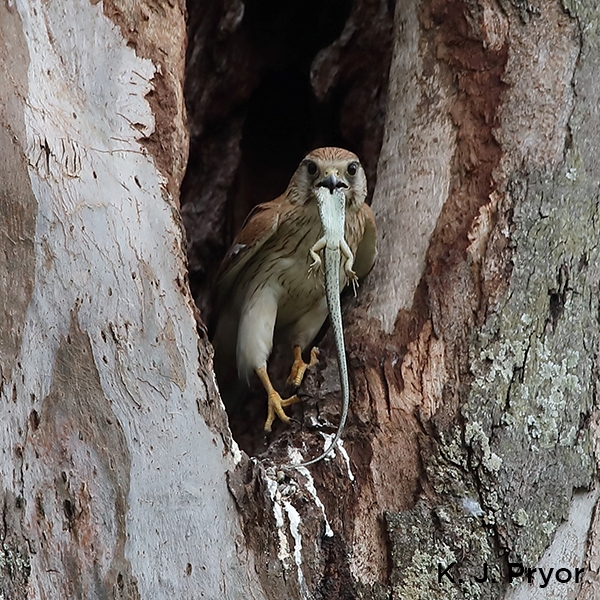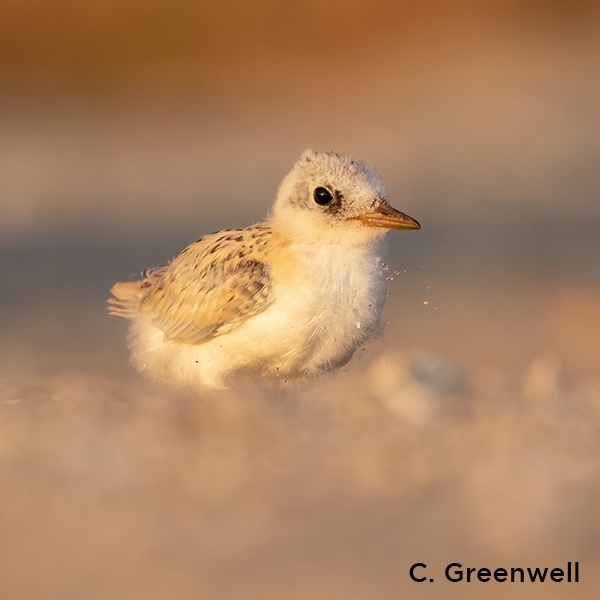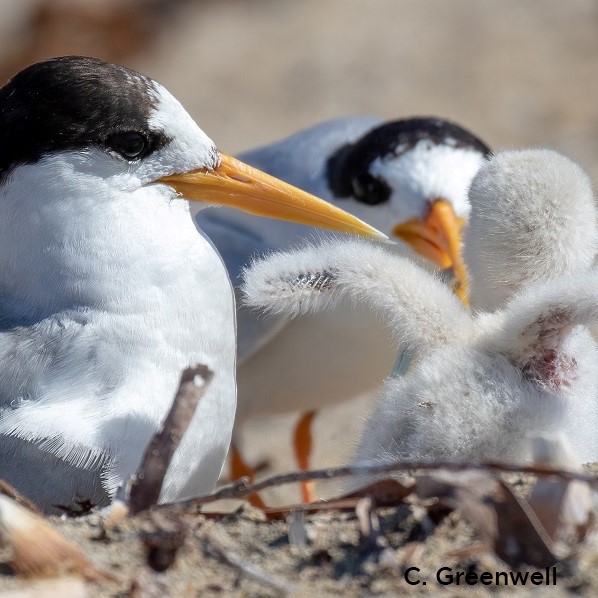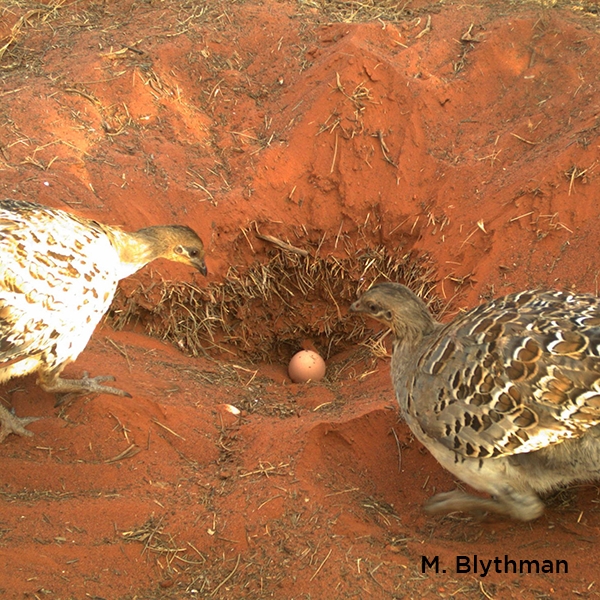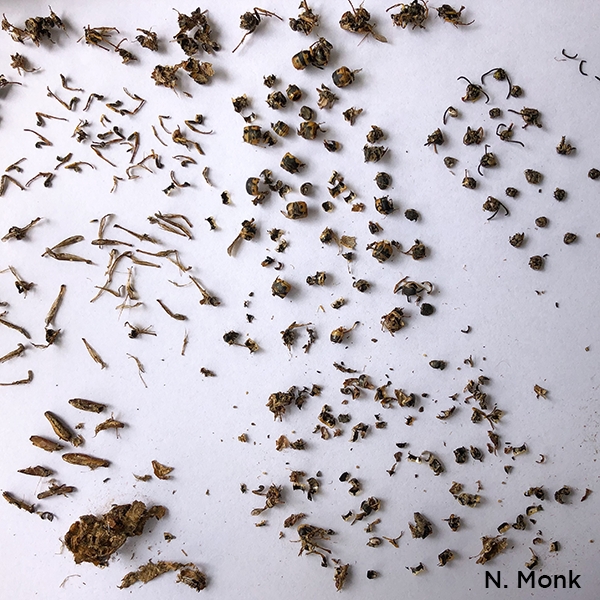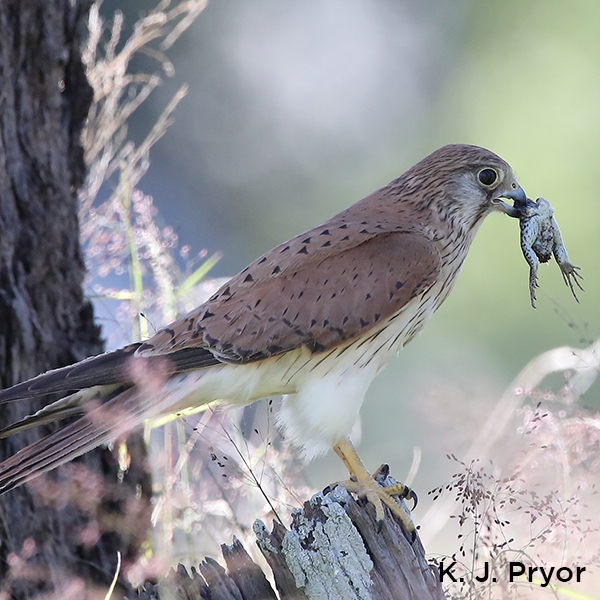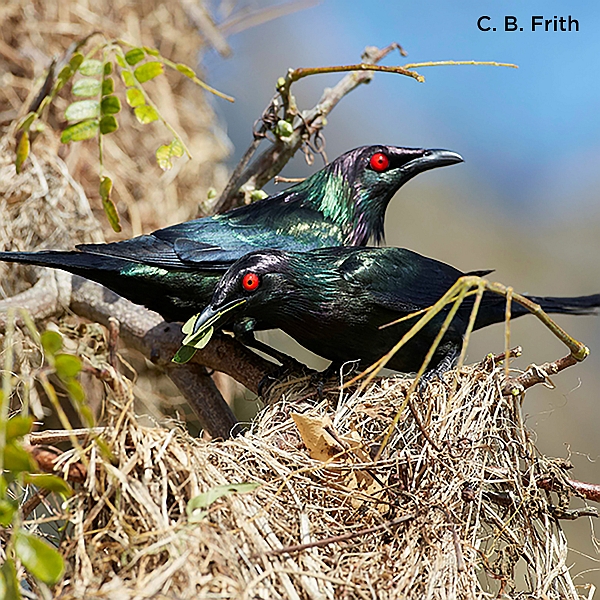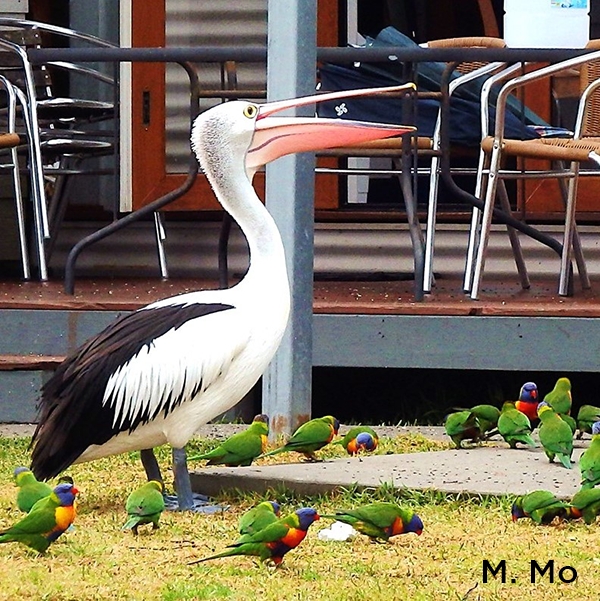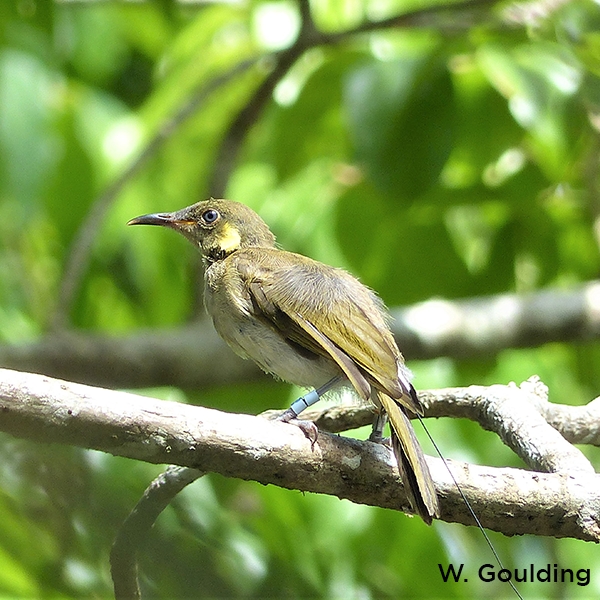First observation of a Brolga Antigone rubicunda preying on eggs and of ‘water-kicking’ behaviour by Australasian Grebes Tachybaptus novaehollandiae as a nest-defence
Helen I. Dunne, Elinor C. Scambler
pp. 119-123
Abstract
We report a novel observation of Australian waterbird behaviour: a Brolga Antigone rubicunda preying on eggs of the Australasian Grebe Tachybaptus novaeholliandiae, the first record of birds’ eggs in the diet of a crane in Australia. We also report ‘water-kicking’ by the Australasian Grebe, the first record of this anti-predator behaviour in the species. Neither Brolga diet nor display behaviours of the Australasian Grebe have been systematically investigated, and we suggest avenues for further studies of egg predation and parental defence behaviours in waterbird breeding wetlands.
References
Ashby, E. (1933). Detailed observations of the nesting habits of the Black-throated Grebe at “Wittunga”, Blackwood, S.A., from August 1932 until March 1933. Emu 32, 250–259.
BirdLife Australia (2019). Working List of Australian Birds, Version 3. Available online: https://birdlife.org.au/conservation/science/taxonomy (retrieved 6 March 2020).
Blackman, J.G. (1971). Sex determination of Australian cranes (Gruidae). Queensland Journal of Agriculture and Animal Sciences 28, 281–286.
Brandis, K., Koeltzow, N., Ryall, S. & Ramp, D. (2014). Assessing the use of remote camera traps to measure reproductive success in Straw-necked Ibis breeding colonies. Australian Field Ornithology 31, 99–106.
British Museum (Natural History) & Hall, B.P. (1974). Birds of the Harold Hall Australian Expeditions, 1962-1970: A Report on the Collections Made for the British Museum (Natural History). Trustees of the British Museum, London.
Bureau of Meteorology (2019). Climate data online. Bureau of Meteorology, Canberra. Available online: http://www.bom.gov.au/climate/data/ (retrieved 11 December 2019).
Calvert G. & Liessmann, L. (2014). Wetland Plants of the Townsville–Burdekin Flood Plain. Lower Burdekin Landcare Association Inc., Ayr, Qld.
Catterall, C.P. & Woinarski, J.C.Z. (2003). Birds of Coomooboolaroo, central Queensland, from 1873 to 1999. Sunbird 33, 77–98.
Chisholm, A.H. (1944). Birds of the Gilbert diary. Emu 44,
131–150.
eBird. (2020). Basic Dataset Version: EBD_relFeb-2020. Cornell Lab of Ornithology, Ithaca, New York.
Gowland, P.N. (1983). The Ecology and Management of Waterbird Pests in the Ord River Irrigation Area, Western Australia. RAOU Microfiche Series, No. 35. Royal Australasian Ornithologists Union, Melbourne.
Harvey, J.M., Lieff, B.C., MacInnes, C.D. & Prevett, J.P. (1968). Observations of behaviour of Sandhill Cranes. Wilson Bulletin 80, 121
–125.
Herring, M. (2005). Threatened Species and Farming. Brolga: Management of Breeding Wetlands in Northern Victoria. Report to Department of Primary Industries and Department of Sustainability & Environment. Arthur Rylah Institute for Ecological Research, Melbourne.
Hoffman, R.H. (1980). Sandhill Cranes prey on Canada Goose eggs. Wilson Bulletin 92, 122–123.
Humphreys, R.K. & Ruxton, G.D. (2020). Avian distraction displays: A review. Ibis, doi: 10.1111/ibi.12814.
Id community (2020). Rockhampton Regional Council Economic Profile. Id Community, Melbourne. Available online: https://economy.id.com.au/rockhampton/value-of-agriculture (retrieved 15 January 2020).
Jiang, F., Qi S., Liao, F., Ding, M. & Wang, Y. (2014). Vulnerability of siberian crane habitat to water level in Poyang Lake wetland, China. Giscience and Remote Sensing 51, 662–676.
King, K. (2008). Behaviour Patterns and Habitat Use of the Brolga Grus rubicundus at Two Flocking Sites in South-west Victoria. BSc (Hons) thesis. Deakin University, Geelong, Vic.
Kross, S.M. & Nelson, X.J. (2011). A portable low-cost remote videography system for monitoring wildlife. Methods in Ecology and Evolution 2, 191–196.
Longmore, N.W. (1978). Avifauna of the Rockhampton area, Queensland. Sunbird 9, 21–60.
Marchant, S. & Higgins, P.J. (Eds) (1990). Handbook of Australian, New Zealand & Antarctic Birds, Volume 1: Ratites to Ducks. Oxford University Press, Melbourne.
Marchant, S. & Higgins, P.J. (Eds). (1993). Handbook of Australian, New Zealand & Antarctic Birds, Volume 2: Raptors to Lapwings. Oxford University Press, Melbourne.
McDonald, N.H.E. (1939). Different nesting sites used by the Little Grebe. Emu 39, 65–66.
Mirande, C.M. & Harris, J.T. (Eds) (2019). Crane Conservation Strategy. International Crane Foundation, Baraboo, Wisconsin, USA.
Mo, M. & Waterhouse, D.R. (2015). Responses of brooding Australasian Grebes Tachybaptus novaehollandiae to other waterbirds. Australian Field Ornithology 32, 176–182.
Mukherjee, A. (1999). Ecological study on the Indian Sarus Crane Grus antigone in the Central Gujarat. PhD thesis. Saurashtra University, Rajkot, Gujarat, India.
Mullins, W.H. & Bizeau, E.G. (1978). Summer foods of Sandhill Cranes in Idaho. Auk 95, 175–178.
Noske, R.A. & Coates, B.J. (2018). Predation of Noisy Pitta nestling by the Subtropical Antechinus, a carnivorous marsupial. Australian Field Ornithology 35, 102–106.
Peter, J.M. (2008). Distraction display of the Hoary-headed Grebe. Australian Field Ornithology 25, 42–43.
Powell, G.V.N. (1987). Habitat use by wading birds in a subtropical estuary: Implications of hydrography. Auk 104, 740–749.
Sundar, K.S.G. (2000). Eggs in the diet of the Sarus Crane (Grus antigone). Journal of the Bombay Natural History Society 97, 428–429.
Sundar, K.S.G. & Choudhury, B.C. (2003). The Indian Sarus Crane Grus a. antigone: A literature review. Journal of Ecological Society 16, 16–41.
Sundar, K.S.G., Grant, J.D.A., Veltheim, I., Kittur, S., Brandis, K., McCarthy, M.A. & Scambler, E.C. (2019). Sympatric cranes in northern Australia: Abundance, breeding success, habitat preference and diet. Emu 119, 79–89.
Walters, R.C. (1979). Breeding behaviour of the Little Grebe, Tachybaptus novaehollandiae. Tasmanian Naturalist 59, 3–4.
